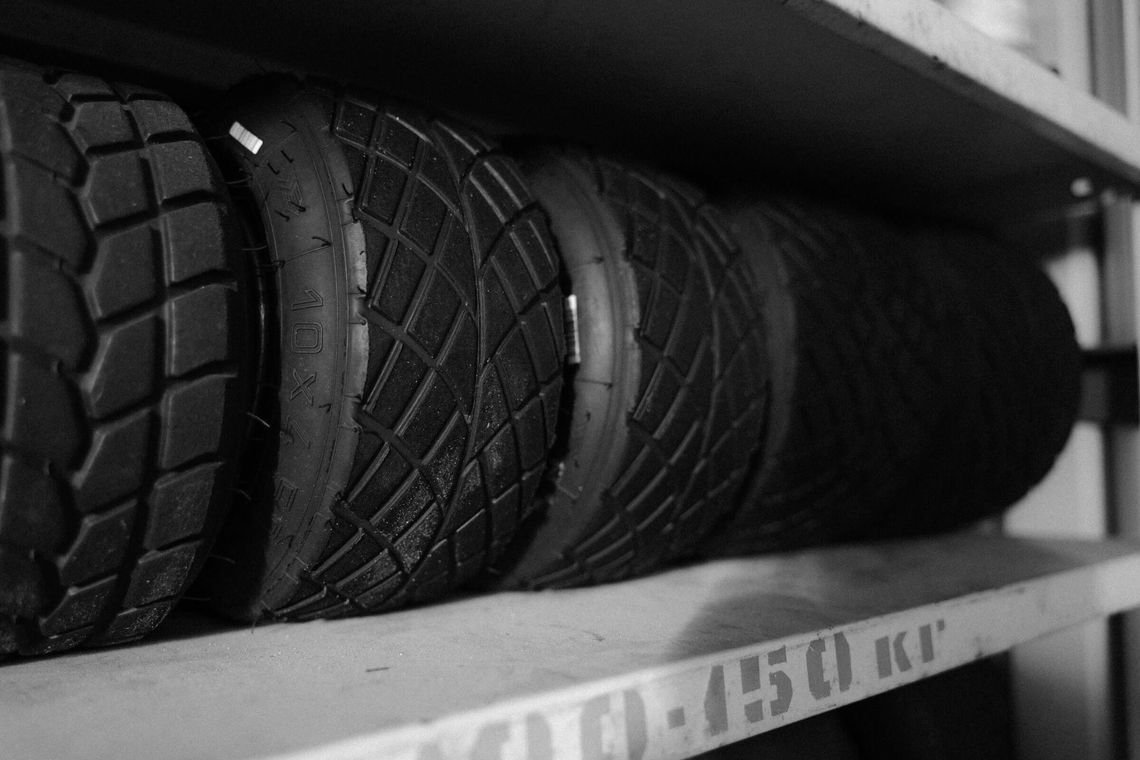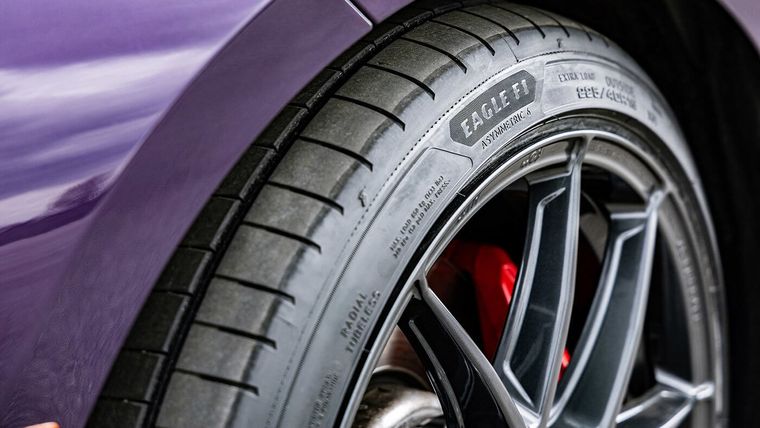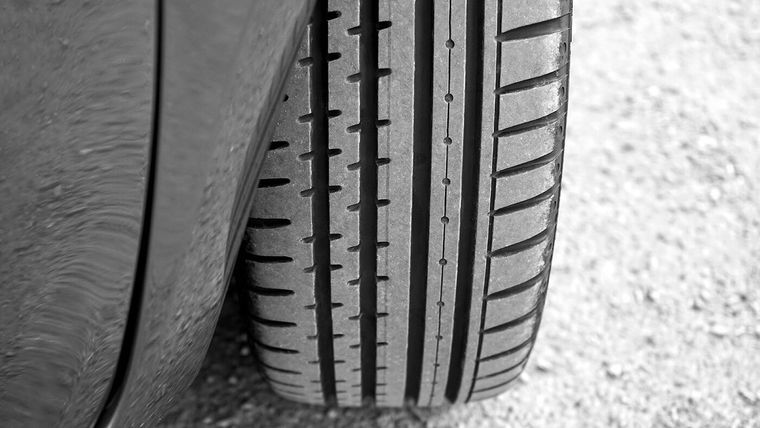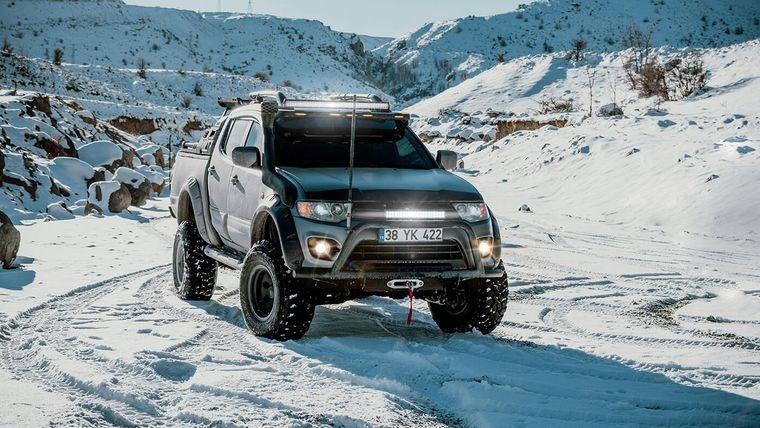120 years ago, Continental launched a tire that would forever change our relationship with the road: the very first tire with a tread pattern. At the time, tires were smooth and not very effective on wet or dirty surfaces. By adding a textured surface to the rubber, the German company laid the groundwork for major improvements in safety, traction, and driving comfort. This innovation marked the beginning of a revolution in personal mobility, which was still in its early stages back then.
Since then, the tread pattern has become much more than just a technical detail. It’s what ensures the grip between the car and the road, with a contact patch barely larger than a postcard. It plays an essential role in evacuating water, snow, or mud, reducing the risk of hydroplaning, and ensuring vehicle stability. Today’s tires are adapted to a wide range of conditions: summer, winter, all-season, sporty driving, or off-road use. Winter tires, for example, are more structured, with numerous sipes and grooves that help them bite into the snow and displace moisture.
120 Years of Innovation
Engineers distinguish between three main types of tread patterns. On one hand, there are symmetric models, versatile and easy to handle. Directional treads, on the other hand, tend to improve grip on wet roads and high-speed driving. Finally, asymmetric patterns are ideal for wide, sporty tires, offering great cornering and acceleration performance. Each tread design consists of several elements. Blocks of rubber provide traction, grooves channel away liquids, ribs stabilize the tire, and sipes enhance grip. These combinations are meticulously engineered, to the point where Continental now holds over 1,700 active patents on its tire designs.
AI in Your Tires?
The innovation didn’t stop there. Today, prototypes are created digitally and tested virtually with the help of artificial intelligence. Engineers can simulate real-world road behavior and tweak the design before even producing a physical prototype. This not only saves time but also conserves materials. With today’s climate challenges and new regulations, tires now have to be durable, efficient, and just as safe as ever. That’s why Continental continues to rely on 120 years of expertise to push the boundaries of safety and performance, all while reducing its environmental footprint.




